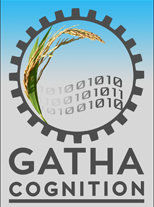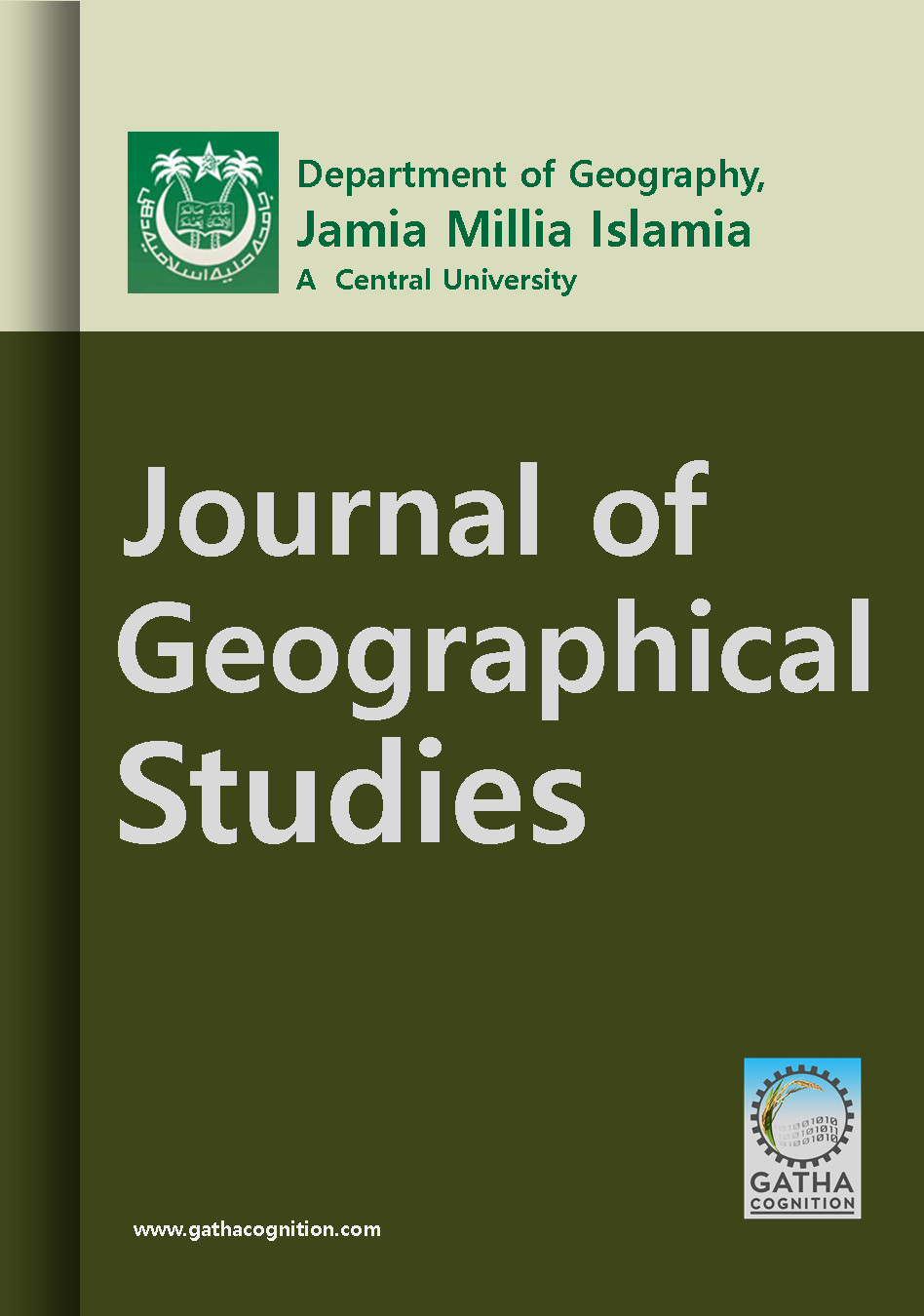Article Title :
Evaluating Long-term Climatic Trends in Agro-climatic Zones of Satara District, Maharashtra 
9 (2025)
1-10
Sen’s Slope , Trend Analysis , Mann-Kendall test , Soil Wetness , Soil Moisture , Climate , Rainfall


Climate is a natural process that influences weather patterns across different regions. The term average climate refers to the typical weather conditions observed in a specific area over a long period. In India, agriculture is largely dependent on rainfall and variations in climatic factors significantly impacting the crop production. This study analyzes climate trends in the agro-climatic zones of Satara district using data procured from NASA’s Prediction of Worldwide Energy Resources (POWER) (1984-2022). The study examines key climatic parameters, including annual rainfall, maximum and minimum temperatures, relative humidity, soil wetness and soil moisture. To assess climate trends using various statistical methods such as the non-parametric Mann-Kendall test, Sen’s slope estimator and linear regression were applied. The results indicate notable fluctuations in climatic factors over the past four decades. The ghat zone covering areas like Mahabaleshwar, Wai, and Patan has recorded the highest rainfall and lowest temperatures. In contrast, the scarcity zone, including Man, Khatav, and Khandala tehsils, has experienced lower rainfall and a rise in annual maximum temperatures. These findings suggest that the agro-climatic zones of Satara district are continuously influenced by changing climatic conditions. Understanding these trends is crucial for farmers, local administrators, researchers, and policymakers to develop effective agricultural and environmental management strategies.

This study analyses climate trends in the agroclimatic zones using data from NASA’s Prediction of Worldwide Energy Resources (POWER).
The non-parametric Mann-Kendall test, Sen’s slope estimator and linear regression have been used to assess annual climate trends.
The results indicate notable fluctuations in climatic factors over the past four decades.
The Ghat zone is highly affected by excessive rainfall, while the scarcity zone is significantly impacted by a rain deficit.
Farndon, J., Callery, S., and Smith, M., 2020. Weather. Scholastic Inc.
Kendall, M. G., 1962. Rank correlation methods, 3rd Ed., Hafner Publishing Company, New York.
Demarée, G. R., 1990. Climatic changes in Belgium as appearing from the homogenized series of observations made in Brussels-Uccle (1933-1988) In: SCHIETECAT, GD. Contributions à l’etude des changements de climat. Bruxelles: Institut Royal Meteorologique de Belgique, Publications Série, 124, 17-20.
Urquhart, P., 2009. IFAD’s response to climate change through support to adaptation and related actions. Comprehensive report: Final version, International Fund for Agricultural Development (IFAD), Rome, Italy.






